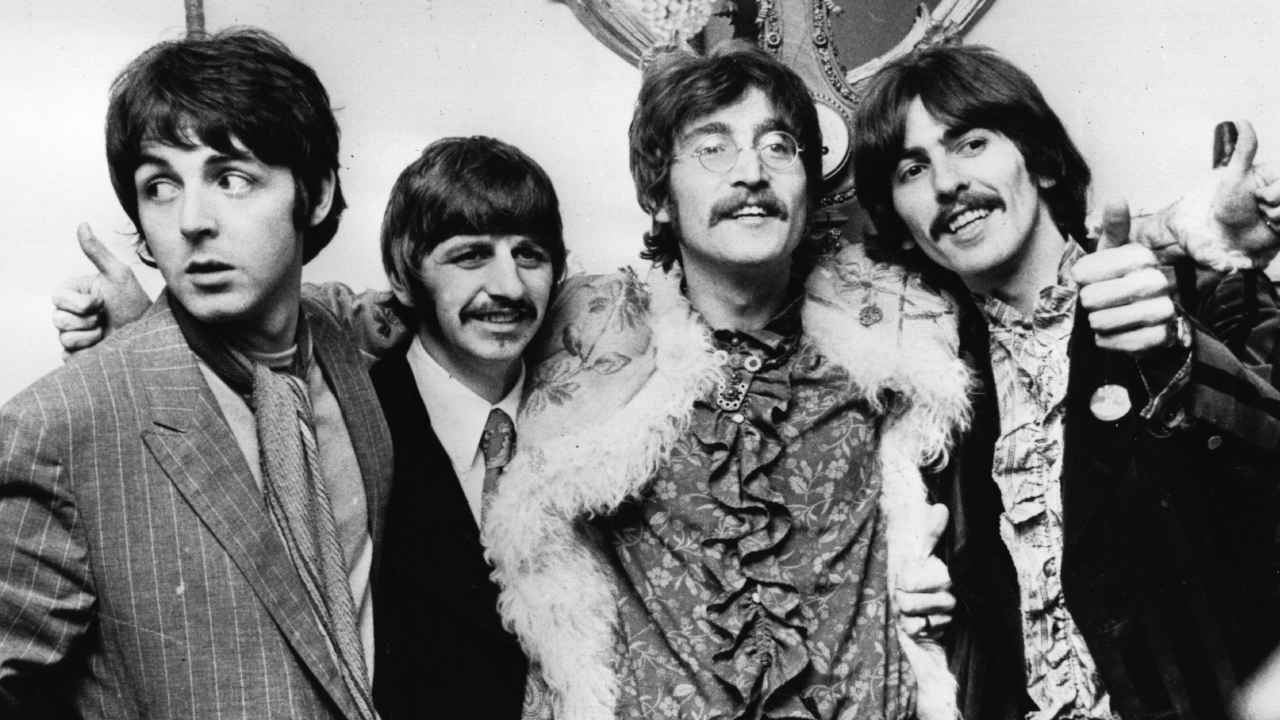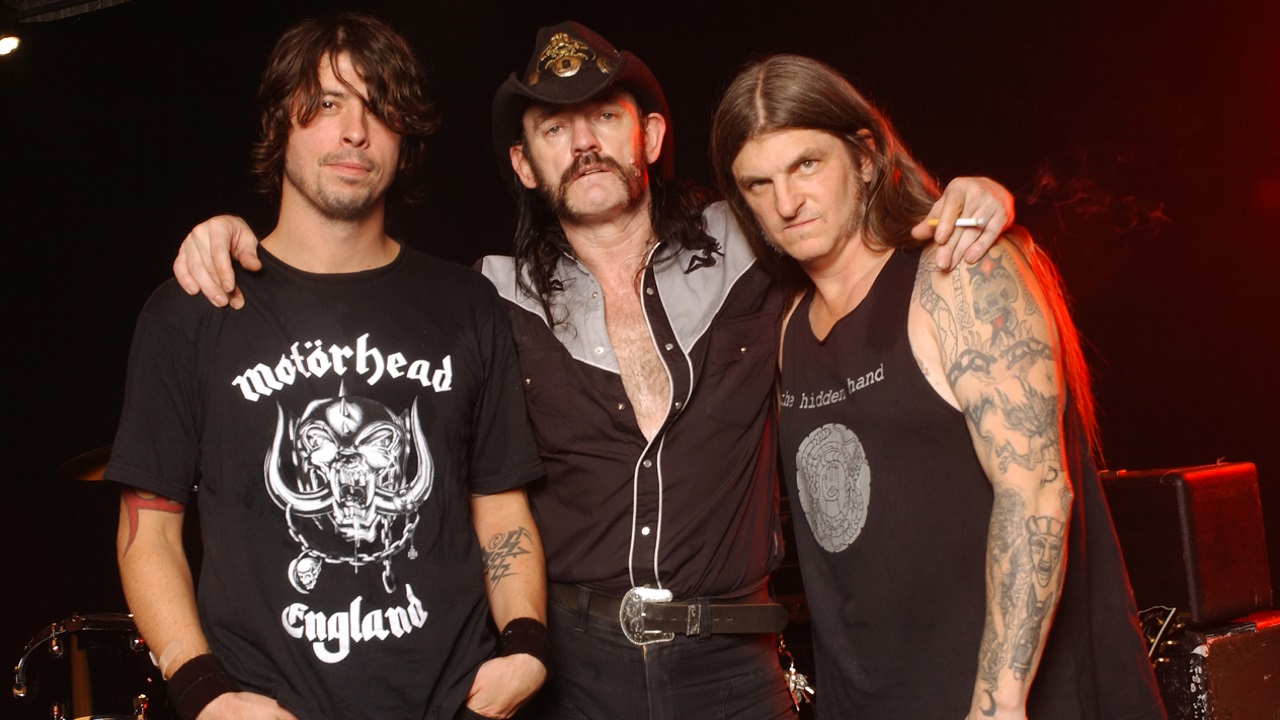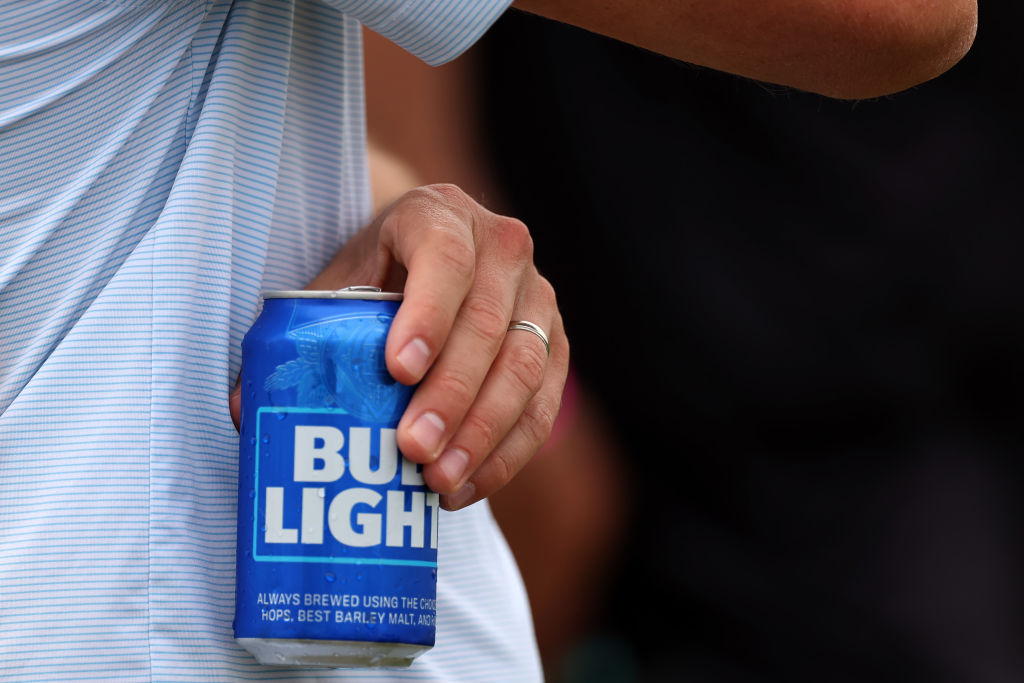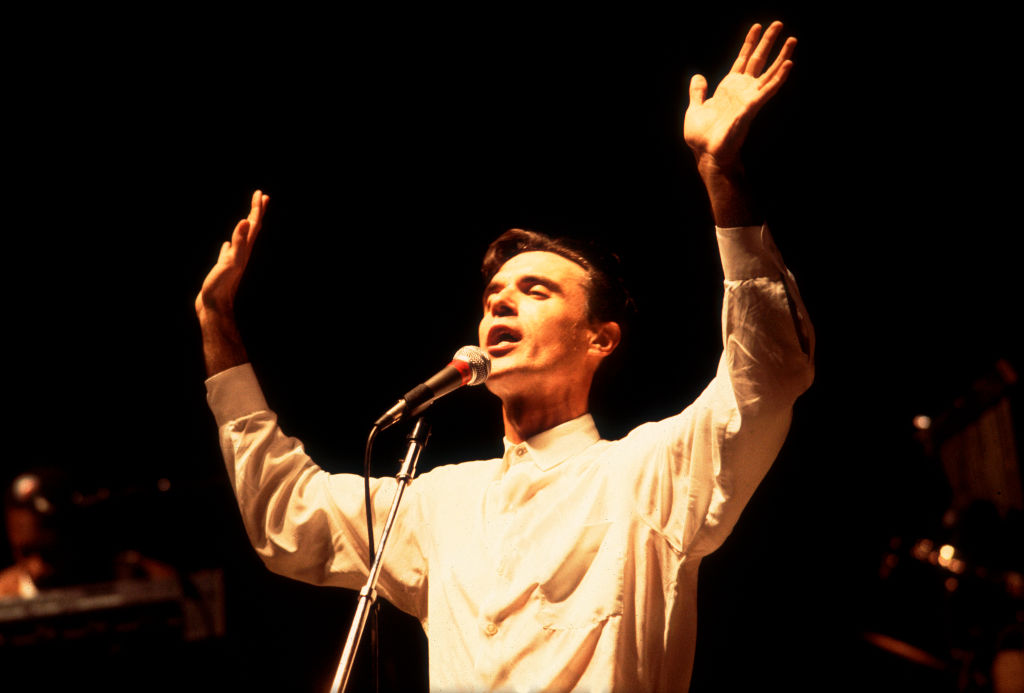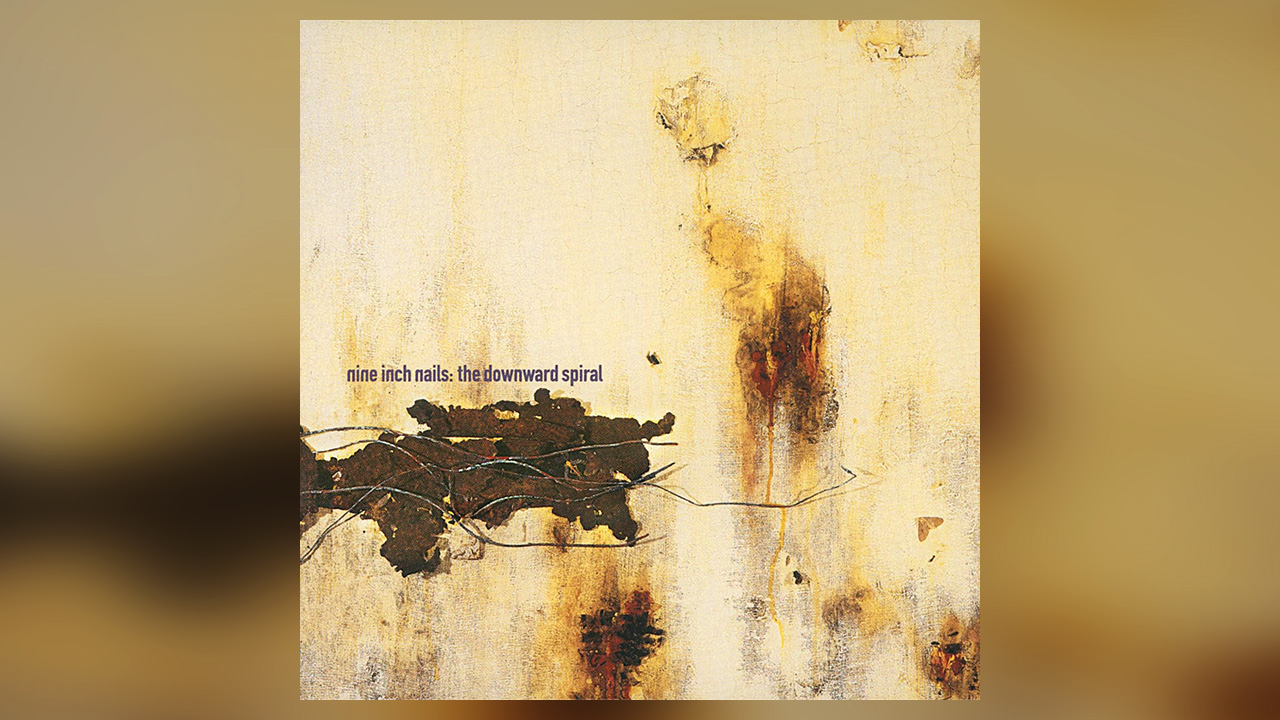
“Updating The Wall for disaffected, mid-90s youth”: The prog roots of Nine Inch Nails’ The Downward Spiral
In a genre defined by stern, machine-driven inflexibility, was already known as an industrial music revolutionary with his 1989 debut . were harder, but his project resonated with a different kind of heaviness, defined both by creative depth and emotional weight. Full-length 1994 follow-up , however, was where Reznor’s expansive vision came to stunning fruition. Updating ’s for disaffected, mid-90s youth, was an alt-prog concept record that detailed the destruction of its central character over 14 harrowing tracks. Its execution bore a recognisable Floydian grandeur but it was scored by a far harsher set of sounds – pounding rhythms, twisted metallic carnage and lyrical anguish. After the success of , labels swarmed to sign up anyone with a sampler attempting anti-social and karaoke; but Reznor showed himself to be devastatingly ahead of the competition. From the primal, clattering opener , to the creepily mellow or the punkish clamour of , he had crafted a convention- shredding offensive that offered exciting new definitions on rock, dance, metal and indie in one nihilistic, free-thinking swoop. His ability to think outside the circuit board infused the album with an organic, progressive sound; fusing flesh and blood drumming (courtesy of ’s Stephen Perkins) with brutal sequencers and ravaged six-string distortion on ; fashioning a grating, multi-sectioned horrorscape for ’s perverse mantra. In more amateur hands, would have faltered as clinical dancefloor fodder, but here it was a poisoned slab of electrofilth magnificence – you still couldn’t pigeonhole any of it but a gleaming pop accessibility earned the record two million sales and the interest of , who reclaimed damaged finale as his own nearly 10 years later. Reznor continues to indulge his progressive sympathies; 1999’s delivered electronically-informed rock experimentation while 2007’s had a ‘living’ album art concept in the form of a mysterious promo campaign, the mere discussion of which contributed to the artwork. And that was before you even got near any music. Sign up below to get the latest from Prog, plus exclusive special offers, direct to your inbox! "Little tyrant" David Byrne regrets how Talking Heads split went down “My brother was into Yes but it didn’t speak to me. They knew too many chords!” He was a punk hero, while her dad was Kevin Ayers and Daevid Allen was her babysitter. How Galen Ayers turned Paul Simonon onto prog “We wanted to challenge all the ideas. We had no rules, no limits, no laws”: why Oliver Stone’s The Doors is the most influential rock biopic ever made





